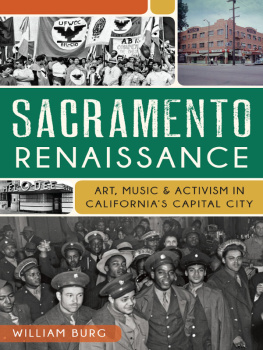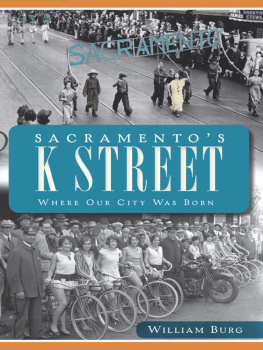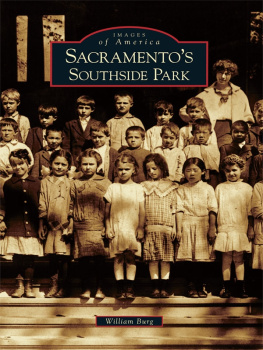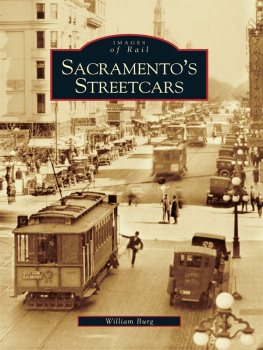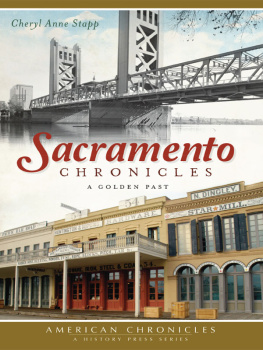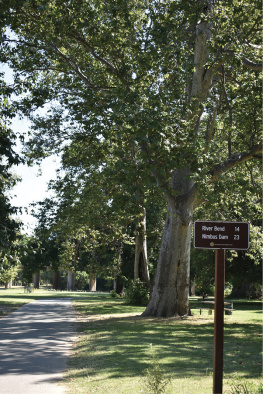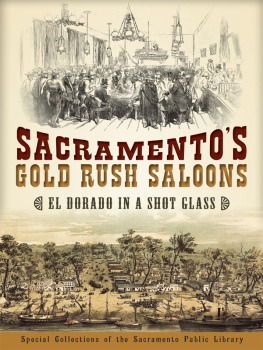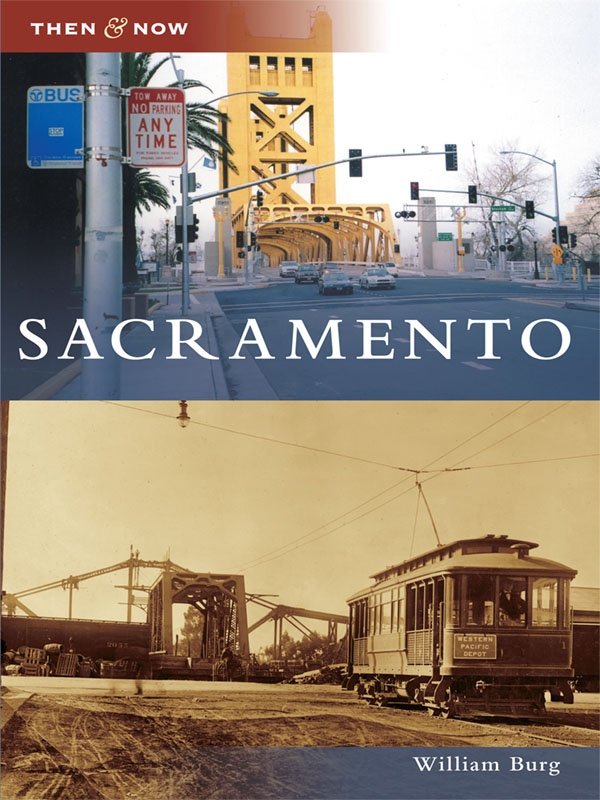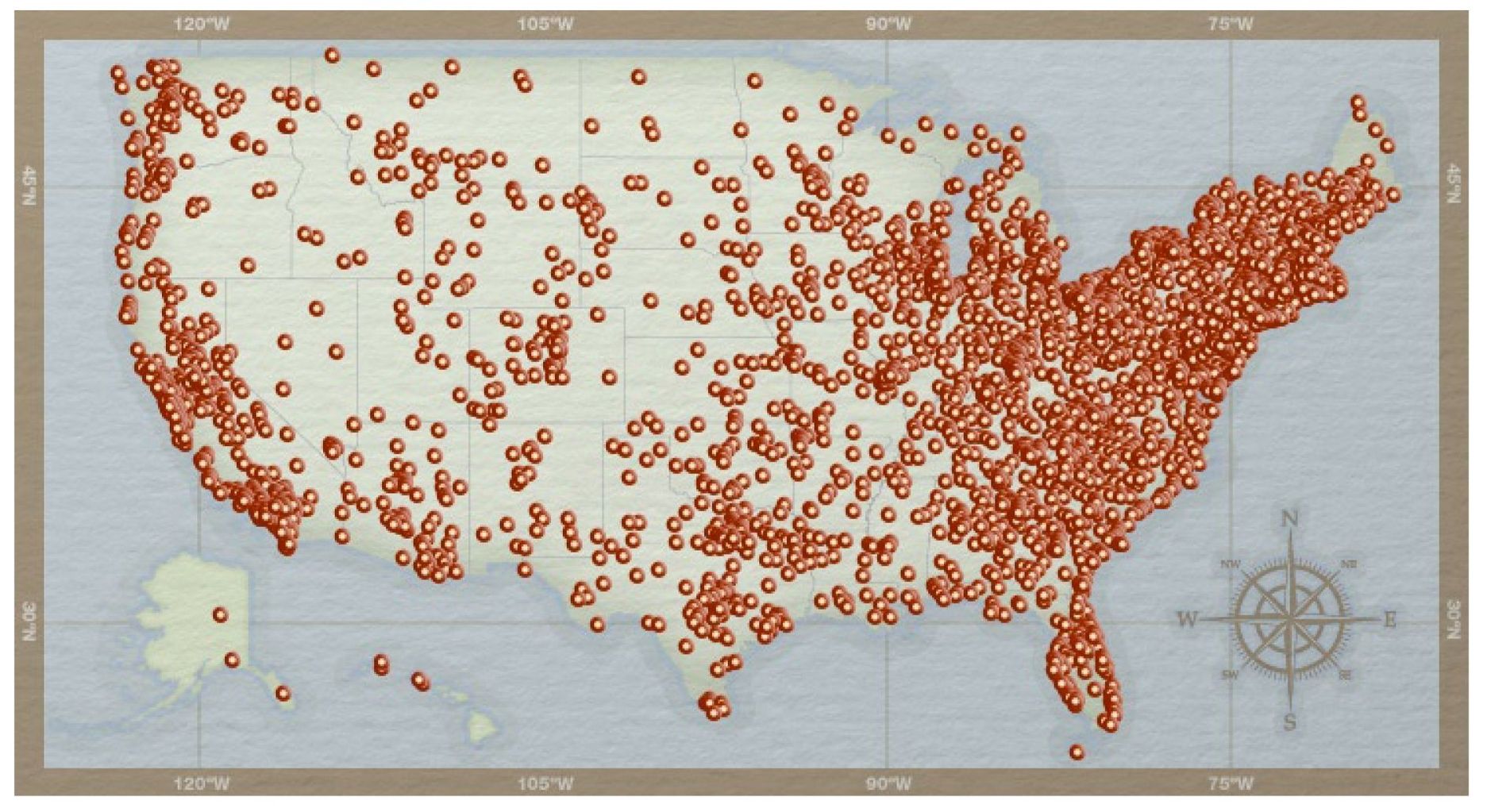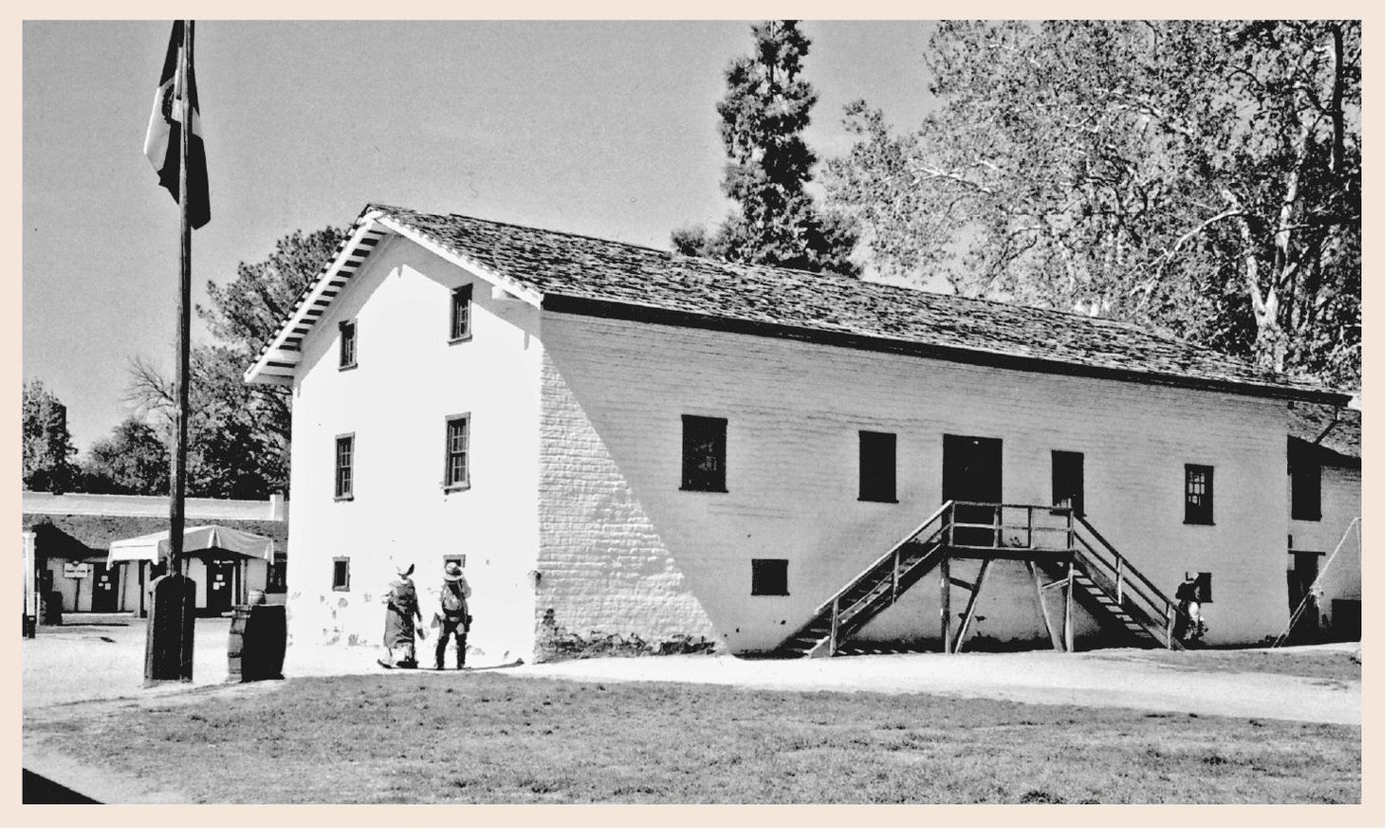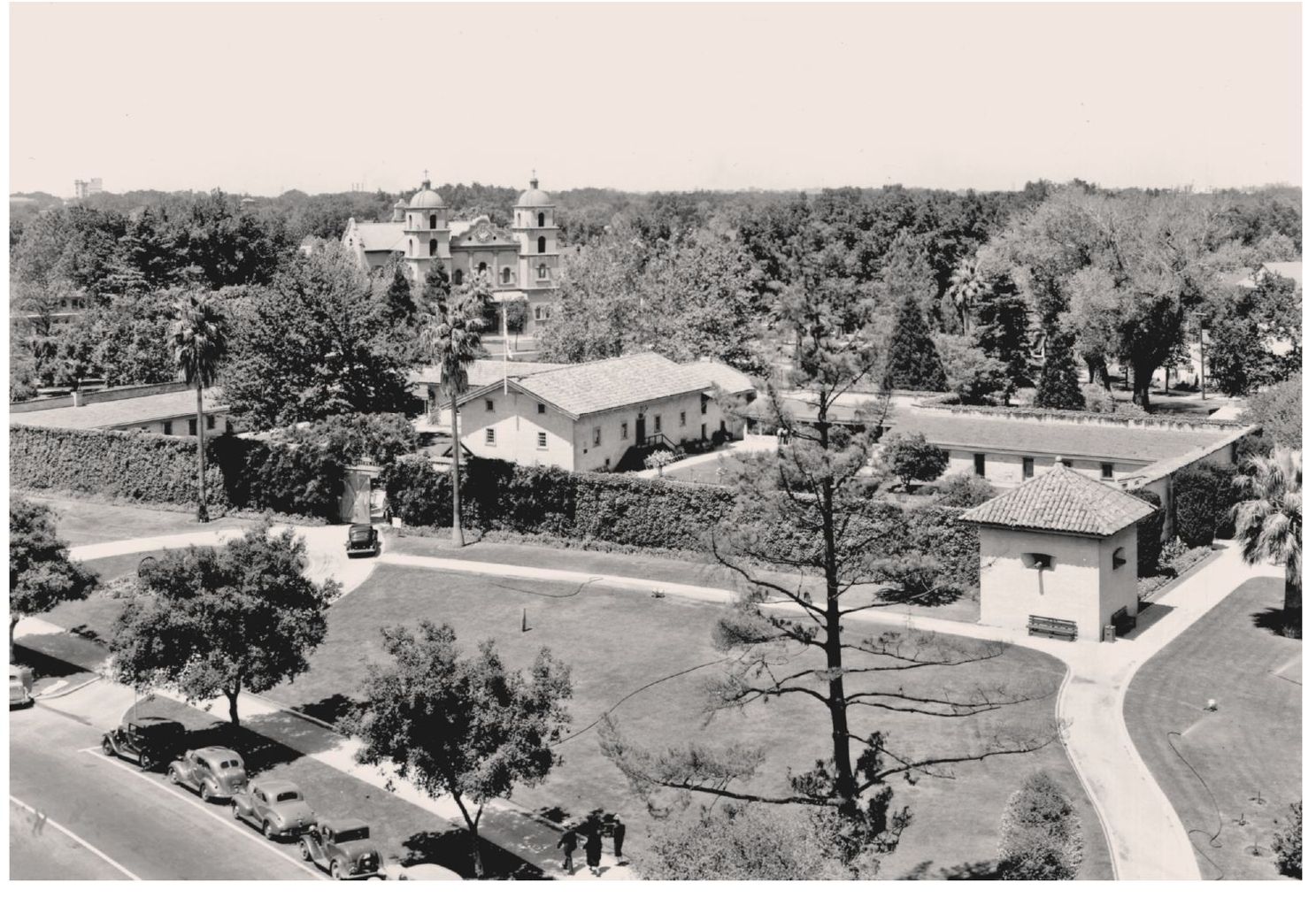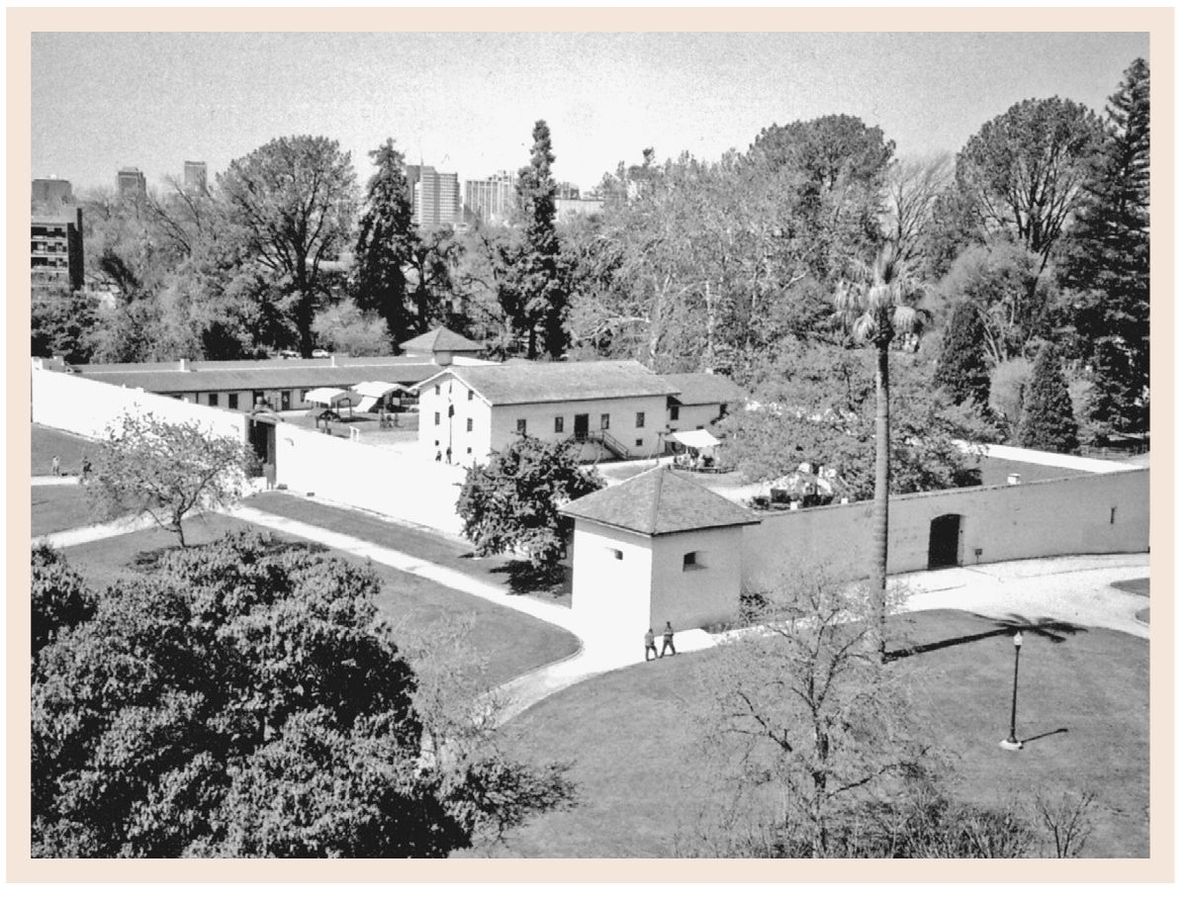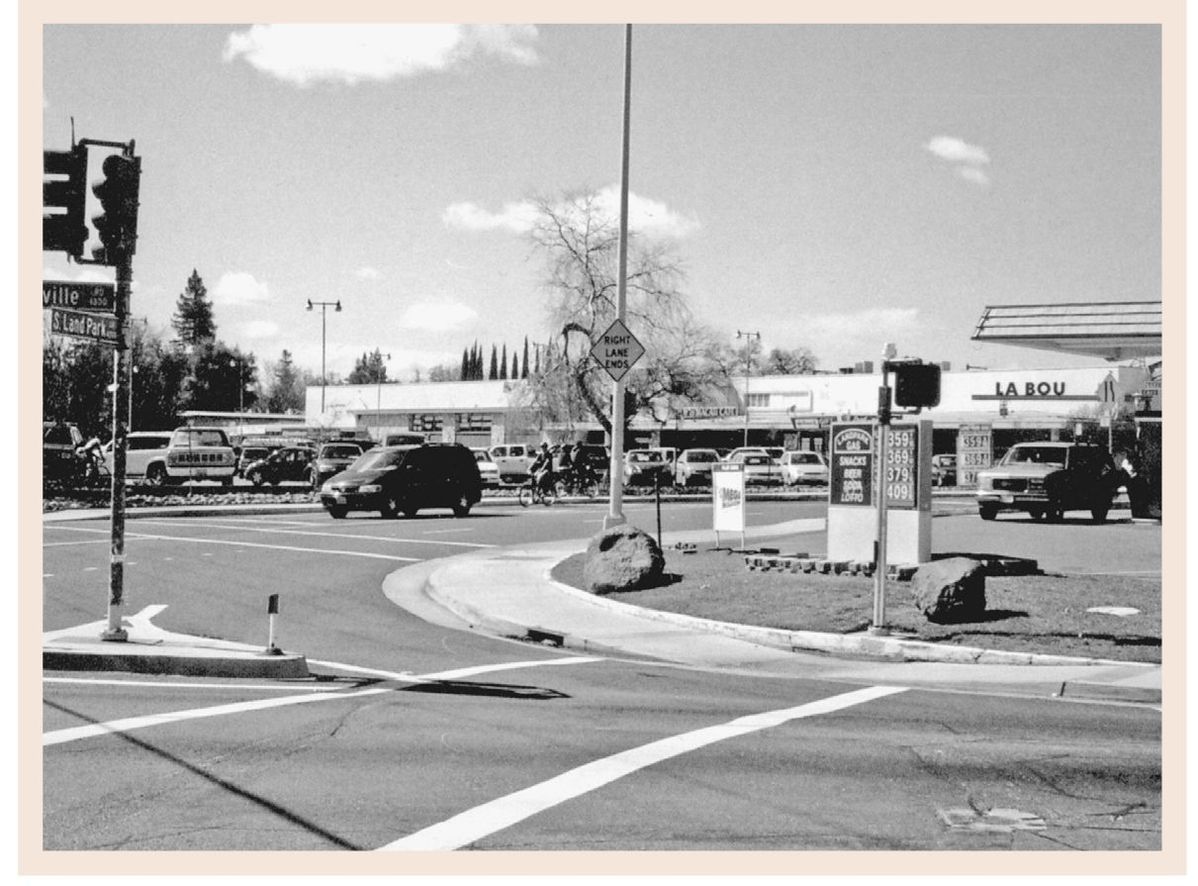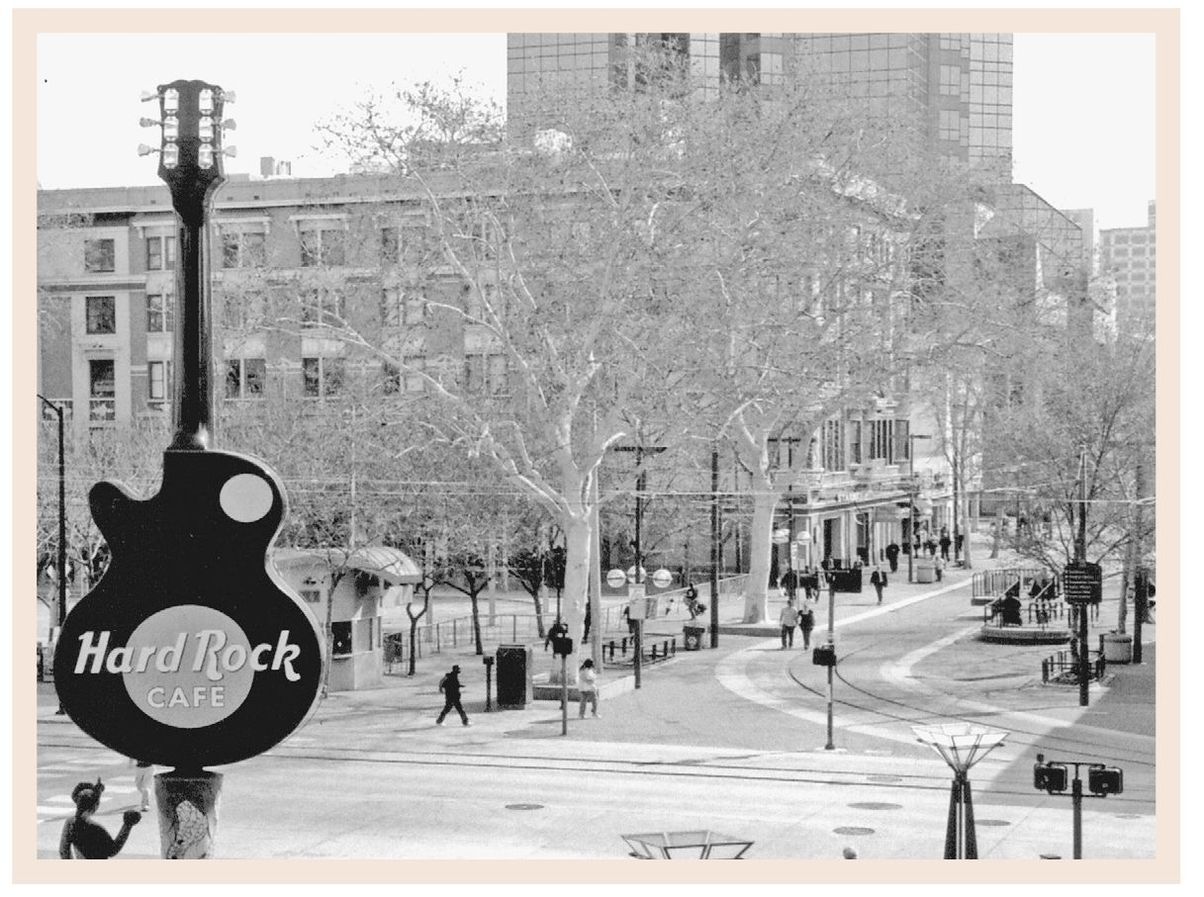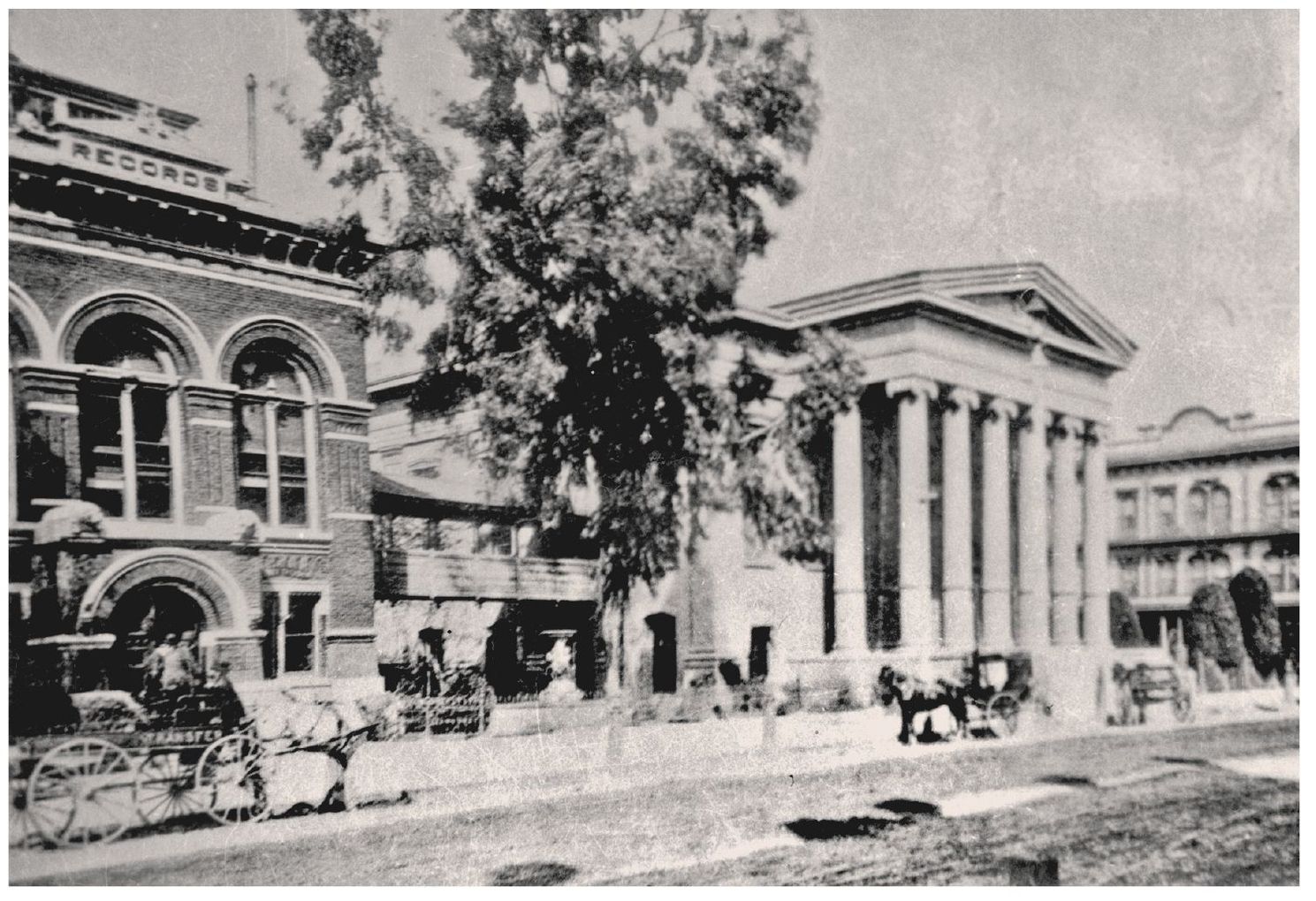ACKNOWLEDGMENTS
The historic photographs in this book were provided by the Sacramento Archives and Museum Collection Center (SAMCC). SAMCC is the main repository of Sacramentos history in photographs, documents, artifacts, and records of all kinds. However, this amazing collection would be unmanageable and inaccessible without the work of archivists. They hold a special place in the hearts of all historians. Archivists organize, preserve, store, and make available the information that allows historians to write books, formulate theories, and argue with each other over what it all means.
The archivists of SAMCC are the ones who make the treasure hunts of historians, both amateur and professional, far more likely to strike gold. Archivist Carson Hendricks provided invaluable support, advice, suggestions, and time to create this book, in addition to scanning the multitude of photographs I selected. Archivist Patricia Johnson also helped by presenting me with piles of photographs from little-known corners of the SAMCC vault. Thanks also to Marcia Eymann, SAMCC manager, for agreeing to make this project possible. The entire staff of SAMCC shares a passion for their work, extensive knowledge, and enormous patience with the waves of historians and students who come to SAMCC seeking golden nuggets of Sacramento history.
Additional primary research for this volume was done at the Sacramento Central Librarys Sacramento Room, the California State Librarys California Room, and the Sacramento State University Library. All contemporary photographs were taken by the author.
Thanks to the organizations that allowed me access to their rooftops to recreate aerial photographs without having to rent an airplane. Those organizations include Thomas Enterprises, SacJet, and Mike Sickels of the Sacramento Discovery Museum Gold Rush History Center. Thanks also to my editor, John Poultney, for his confidence in my abilities. Finally, thanks to my wife Vivian for her support, encouragement, and inspiration.
Find more books like this at
www.imagesofamerica.com
Search for your hometown history, your old
stomping grounds, and even your favorite sports team.
CHAPTER 1
THE OLD CITY
Sacramento City was established to serve the rush of miners heading for the goldfields. The embarcadero along the Sacramento River, just south of the American River, was a convenient place for ships to dock while dropping off men and supplies. While the citys new site was good for river access, regular floods prompted Sacramentans to build levees and raise the downtown streets to keep the new city above water.
John Sutter founded the first European settlement in the Sacramento region. Before his arrival, the Nisenan tribe lived in the area. In 1839, Sutter selected a patch of high ground near the confluence of the Sacramento and American Rivers for his fort. Sutter named his colony, New Helvetia, after his home country, Switzerland, and coerced the Nisenans to work for him. The discovery of gold on the American River in 1848 cut short Sutters dreams of empire building.
Sutter left Sacramento in the wake of the Gold Rush, leaving administration of his land to his son, John Sutter Jr. The forts walls crumbled away, leaving only its central building. When city expansion threatened to demolish the remains of the fort, a civic organization called the Native Sons of the Golden West organized a reconstruction of the historic fort on the site. Today the fort is part of Californias State Parks system and a popular tourist attraction.
John Sutter hoped to establish a town on a site called Sutterville, a bluff on the Sacramento River 3 miles south of Sacramentos original city limits. The town did not last long, and by the 1940s, the only building remaining was the abandoned Sutterville Brewery (above). Today the site is just south of the Sacramento Zoo and Land Park on Sutterville Road.
Floods like this one in 1862 (below) were the main reason why Sutter did not select the site of Sacramento for a town. In order to prevent flooding, the people of Sacramento constructed an extensive series of levees. They also elevated their downtown streets by as much as 12 feet above the river level. This pedestrian walkway passes under Interstate 5, descending to Sacramentos original street level.
St. Rose of Lima Church (below) was originally the gift of California governor Peter Burnett to the Catholic Church. The church was demolished in 1887, and the congregation met in a temporary building on Twelfth Street between J and K Streets until the completion of the Cathedral of the Blessed Sacrament in 1889. The old church was replaced by a post office completed in 1894 and demolished in 1967. Because the land was deeded for public use only, the land was rededicated as a park but still bears the name of the old church.
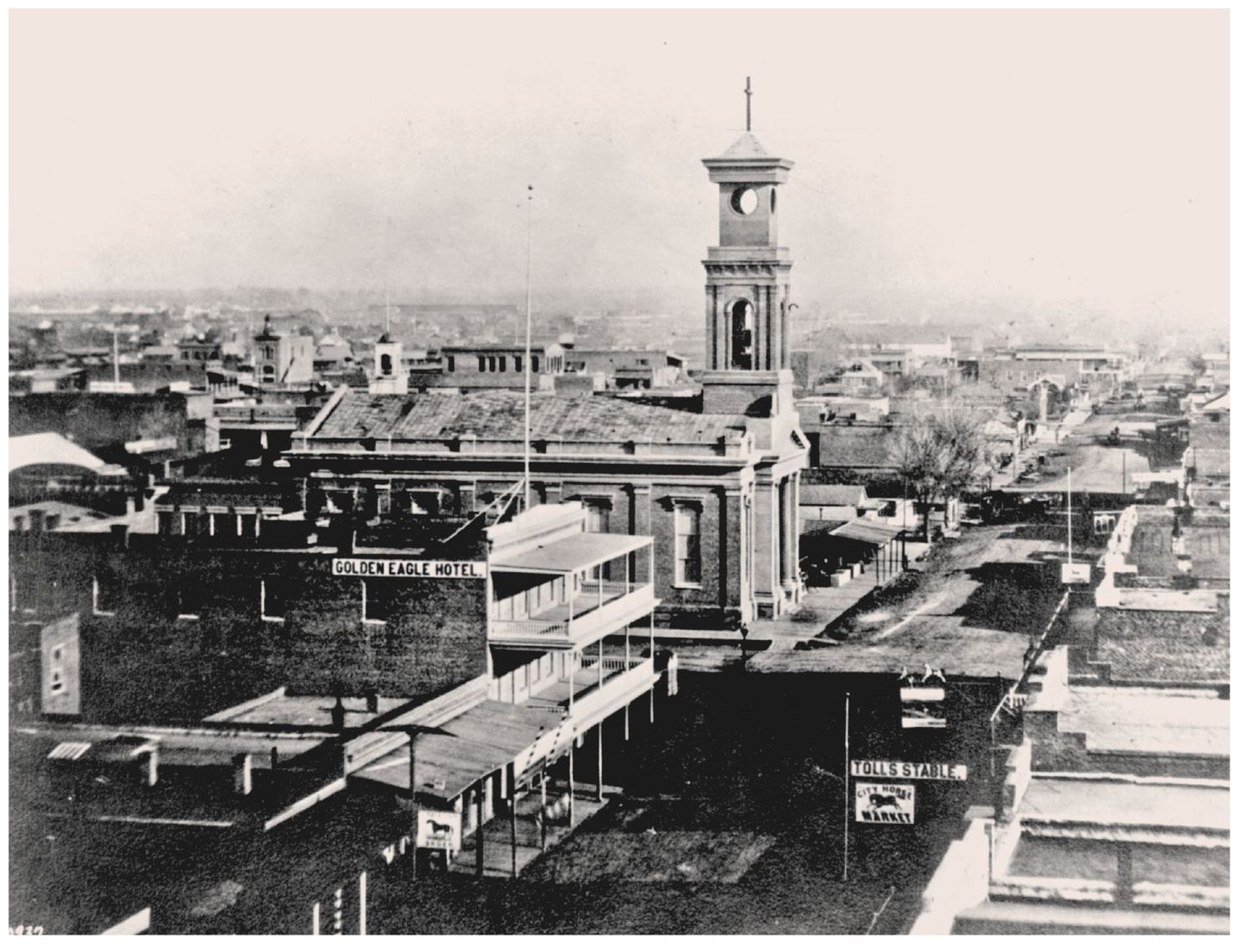
Sacramento became the capital of California in 1854. The county courthouse at Seventh and I Street became the home of the California legislature from February until July 1854, when it was destroyed in a fire. This Classical Revivalstyle building (above), built on the same site, served as Californias capitol from 1855 to 1869, except during the 1862 flood. From January until May 1862, the legislature temporarily reconvened in San Francisco. Today Sacramentos main jail occupies the site.


